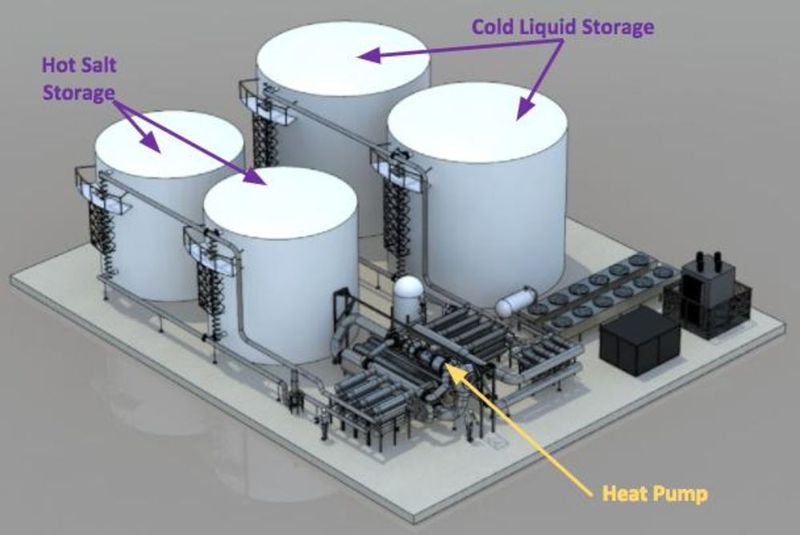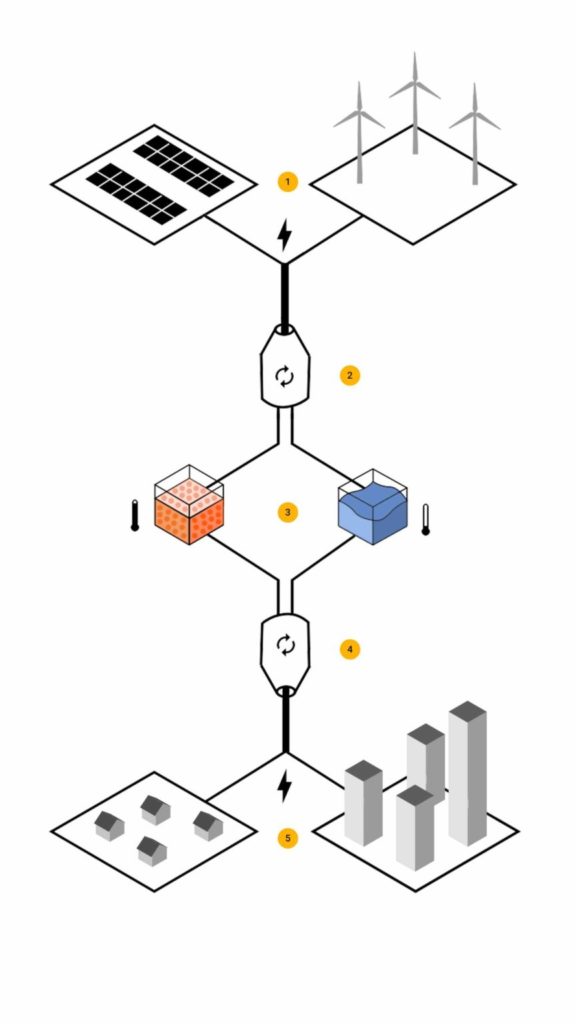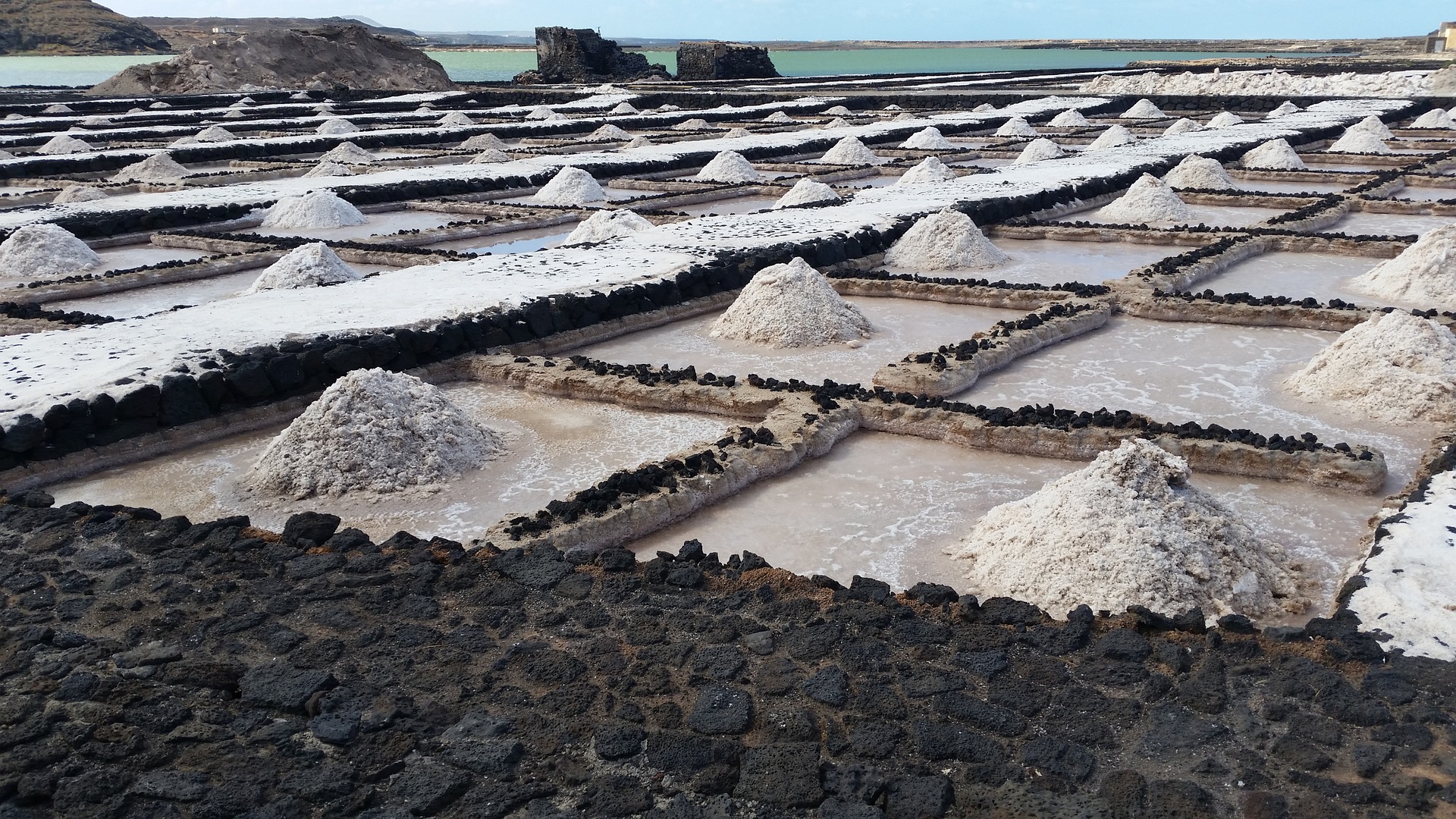In 2017, a new initiative was launched by the technology giant Google. Through its Alphabet arm, Project Malta’s initiative was unveiled, which sought a cheap and efficient method of storing electricity from the electricity grid. An initiative that has had the support of big names, such as Jeff Bezos of Amazon, Bill Gates, has now managed to close a crucial financing round that will allow it to take a definitive step forward.
The basic idea is to create a different alternative for batteries, basing its proposal on a novel architecture where the energy would be stored in hot molten salts and cold antifreeze liquid. Subsequently, a heat engine converts the power back into electricity for consumption. This system, in theory, allows energy to be stored economically on a large scale and for more extended periods than is feasible with current lithium batteries.
Malta has managed to close a new round of financing where another 50 million dollars have been injected, confirming the investigations’ excellent progress that could result in a new economic and sustainable alternative to store surplus energy, for example, from renewable systems.

The Malta design is based on the work of Robert Laughlin, a Stanford physicist and Nobel Prize winner, who showed that electricity could, in theory, be stored for days, and even weeks and do so using cheap and abundant materials, such as electricity, salt, steel, and air. And all with the result of storage capable of meeting the electrical networks’ needs at similar speeds as a battery.
Malta has already submitted the permits to start large-scale tests. They expect to have the first installations up and running between 2024 and 2025 in a pilot project with a load power of 185 MW, with the capacity to discharge 100 MW during 10 hours. Everything in an installation that they indicate would have an estimated useful life of about 30 years.

As we can see, there is an essential difference between input and output power. Malta has not clarified anything, but that everything indicates that using a high-temperature system will mean having less efficiency and suffering more significant losses during the conversion process. An aspect in which they must work to reduce or take advantage of said heat in other industrial applications.
An alternative to battery systems, which could become a complement to store the energy that is not going to be consumed at the moment, leaving the batteries the most direct work where they can take advantage of their greater efficiency and speed of transmission. If its development is complete, a system could leave behind other applicants to occupy this position, such as hydrogen, weighed down by factors such as its low efficiency, high price, and above all, the complication for its transport and storage.

